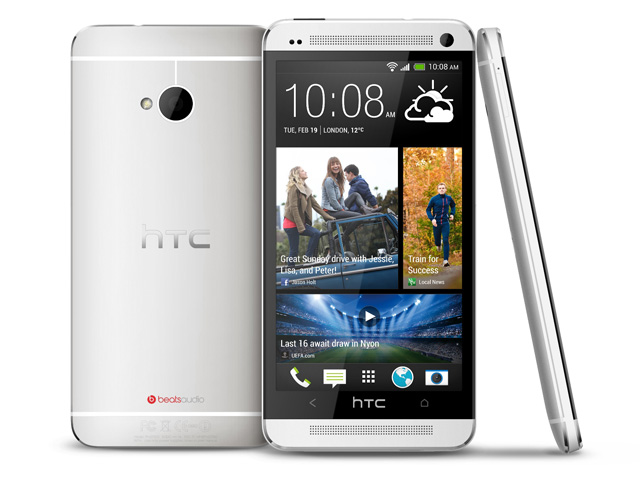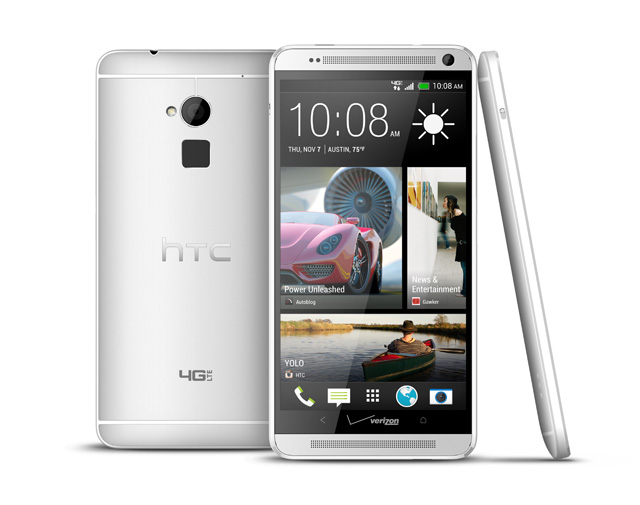
news The nation’s biggest telco Telstra late last week revealed it had started testing the use of the 700MHz spectrum in its 4G mobile network, using equipment from Ericsson and “an advanced smartphone from HTC that will launch later this year”.
Telstra currently uses the 850MHz spectrum band for its 3G network and the 1800MHz network for its 4G network. However, like Optus, the telco is also planning a substantial expansion into the 700MHz band, courtesy of a $1.9 billion sale of the wireless spectrum freed up by Australia’s shift to use digital television.
In a blog post published late last week, Telstra Executive Director of Networks & Access Technologies in Telstra Operations Mike Wright noted that Telstra had started trialling use of the 700Mhz band.
“January is a time most people like to sit back, relax and enjoy the Australian summer. For my team, we tend to look to see how we can take the next step in mobile network innovation,” wrote Wright. “You may remember back in May 2013 I wrote about Telstra’s acquisition of an amount of 700MHz spectrum that was to be made available when analogue television was switched off.”
“This band of spectrum allows us to build the next generation of mobile services and since analogue TV was switched off in December last year, and the spectrum cleared in some areas, we can now step things up. While we officially have to wait until 1 January 2015 to get full access to the spectrum, testing is a big part of our network development plans and I’m very excited to announce that we have gained early access to some of the 700 MHz spectrum for trial purposes .”
Wright said the field trials were being conducted in “the real world” in NSW.
“Today, together with our network partner Ericsson, we were able to complete the world’s first data session on APT700MHz on our live network across two test sites in regional NSW, using an advanced smartphone from HTC that will launch later this year,” the Telstra executive wrote. “Through this testing we are keen to understand how the network works with this band of spectrum, how commercial devices interact with the network and how we will be able to achieve faster speeds, more capacity and wider 4G coverage.”
“This is just the first of what will be a number of commercial device trials over the coming months as we work with manufacturers to have devices in market once the network is switched on. The APT700MHz band has the ability to provide excellent in-building coverage as well as delivering wide area coverage in regional and rural areas. Once deployed, we expect to see increased capacity and performance and superior customer experience.”
The news comes as rival telcos step up pressure on Telstra to keep up the coverage speed level of its 4G and 3G mobile networks, despite the company having added millions of customers to its networks over the past several years.
A new series of independent tests published last week showed the 4G network of ailing mobile telco Vodafone could easily beat the rival networks of Telstra and Optus, at least in capital cities such as Sydney and Melbourne, with the telco claiming the results show it is the best option for streaming content and general Internet surfing.
Optus has already conducted a trial of the 700MHz band — almost two years ago in March 2012.
“Our trial was in Bendigo, regional Victoria over the past few months and I’m pleased to announce today that it has been a success,” said Optus chief executive Paul O’Sullivan at the time. “We achieved peak download speeds of over 70 megabits per second. This wasn’t in the lab – it was in the middle of the Bendigo CBD.”
Optus Managing Director (networks) Günther Ottendorfer said the company used everyday scenarios to test the capability of the 700Mhz frequency to deliver 4G services. It tested a variety of Optus services and applications over the network, including smartphone apps, mobile TV services, Internet TV and online gaming. It also installed a High Definition (HD) video conferencing unit on the famous Bendigo tram and conducted HD video calls to staff at Optus’ headquarters in Sydney.
The conclusion was that 4G services using the 700Mhz frequency had the potential to offer a better experience for customers with peak download speeds reaching 70Mbps and upload speeds of 32Mbps.
What’s more, Optus demonstrated that 4G coverage delivered on 700MHz could be achieved over 13km from a single tower compared to the 3-6 km area covered by the existing 4G 1800MHZ spectrum – a significant fact when deploying high-speed mobile services across large distances. The Optus release said that despite mobile services operating alongside TV channels, there were no reports of interference either with local or out-of-area TV services.
opinion/analysis
A little cheeky of Mike Wright to claim that Telstra conducted the first trials of 700MHz here, when Optus had been able to do this some two years earlier. I’m sure there is a technical reason for describing this as a “world first”, but I’m also sure that Optus wouldn’t be too happy about Telstra trying to take all the credit here.
The bigger story here, of course, is that Australia continues to lead the world in the development of 3G and 4G mobile networks. I look forward to the continual development of 4G especially, as Optus deploys the 2.3GHz spectrum it picked up from Vividwireless, and both Optus and Telstra deploy 700MHz around the country.
Image credit: HTC

